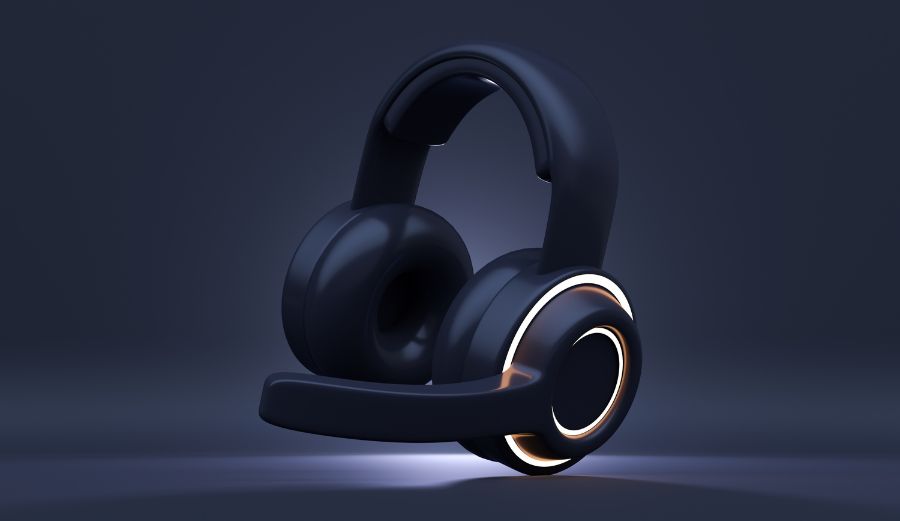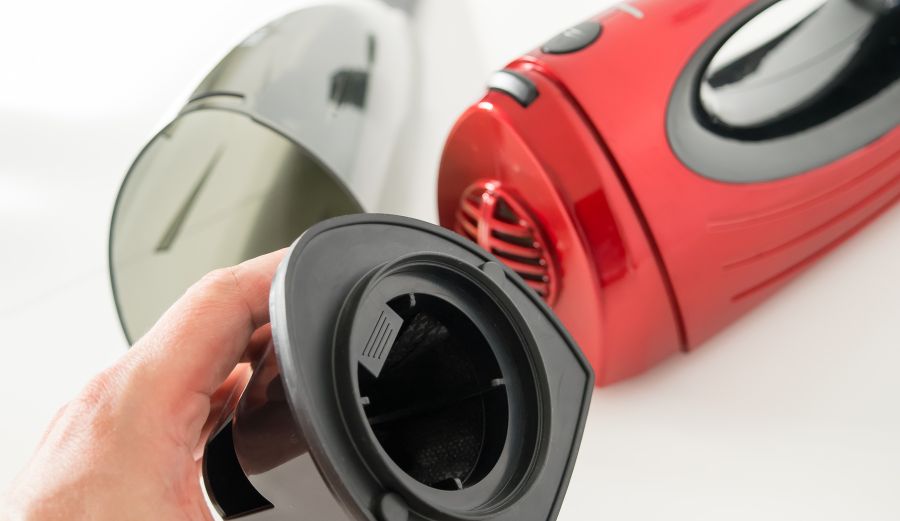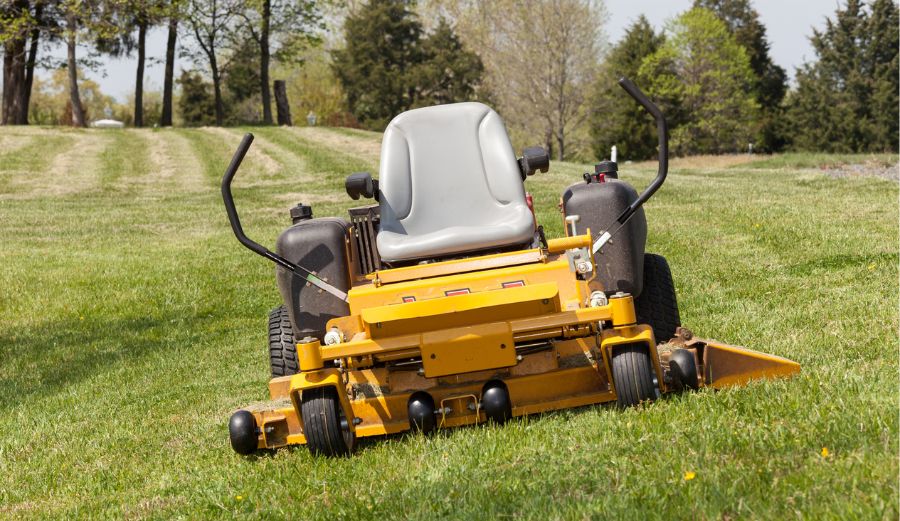
Are Zero Turn Mowers Good on Hills? This question echoes through the minds of homeowners and landscapers alike, a crucial consideration in the quest for efficient and effective lawn care. Navigating undulating terrains brings the promise of a manicured landscape and the challenge of finding the right equipment.
In this comprehensive guide, we delve into the relevance of zero turn mowers on hills, unraveling the mysteries surrounding their performance. Whether you’re a seasoned landscaper or a diligent homeowner, join us as we address common concerns, provide expert insights, and explore the intricate dance between zero turn mowers and challenging slopes.
The Dynamics of Hillside Mowing

- Challenges on Hills: Mowing on inclines introduces a range of challenges, demanding careful consideration when selecting equipment. The slope, coupled with varying grass types and unpredictable weather, elevates routine lawn care to a complex task.
- Crucial Equipment Choice: The importance of choosing the right mower becomes evident. The incline, grass variations, and weather conditions impact stability, emphasizing the need for specialized equipment to ensure both efficiency and safety.
Benefits of Zero Turn Mowers on Hills
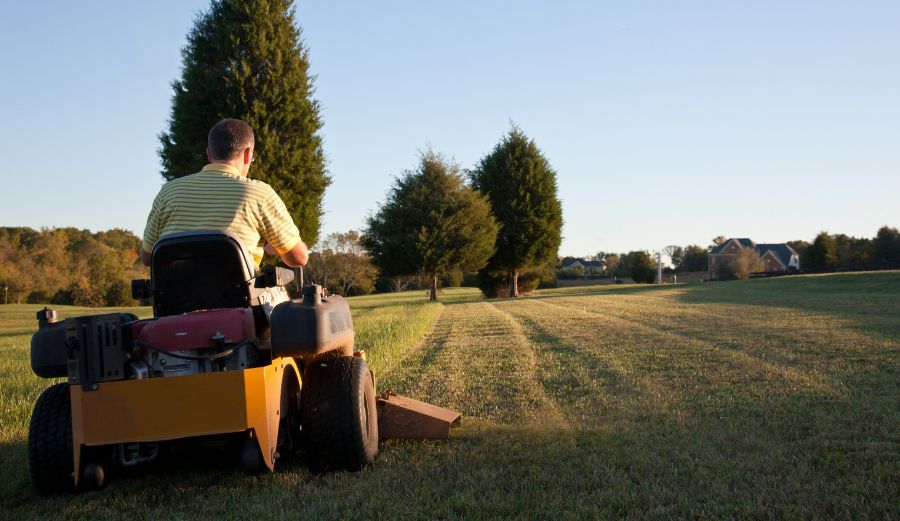
- Speed Advantage: Zero turn mowers shine on hills due to their remarkable speed. Swift and precise navigation becomes possible, even on slopes, offering a significant advantage over traditional mowers.
- Maneuverability: The zero-degree turning radius is a game-changer. This feature enhances maneuverability, allowing operators to negotiate hills with unparalleled ease, ensuring optimal control during mowing.
- Time Efficiency: Perhaps the most noteworthy advantage is time efficiency. Zero turn mowers, with their efficient design, significantly reduce the time required for hillside mowing compared to traditional alternatives.
- Overcoming Challenges: Despite the challenges posed by hills, the benefits of zero turn mowers, when coupled with proper techniques, make them an indispensable choice. The advantages of speed, maneuverability, and time efficiency far outweigh the challenges, transforming these mowers into effective tools for conquering undulating landscapes.
Safety First - Using Zero Turn Mowers on Hills
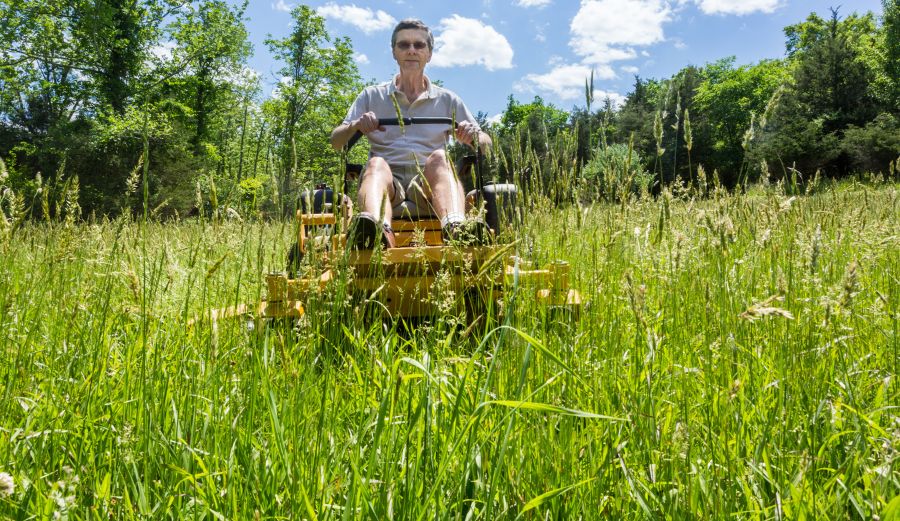
Factors Influencing Safety:
- Terrain Awareness: Understanding the terrain is paramount for safe hillside mowing. Factors like slope gradient, uneven ground, and potential obstacles impact stability and maneuverability.
- Mower Features: Delve into the safety features of zero turn mowers. Highlight elements like stability controls, rollover protection systems (ROPS), and traction features that contribute to a secure mowing experience.
- User Awareness: Stress the importance of operator awareness. Emphasize the need for operators to be familiar with the mower’s capabilities and limitations on hills, ensuring a proactive approach to potential challenges.
Essential Safety Precautions:
- Terrain Assessment: Before embarking on hillside mowing, thoroughly assess the terrain. Identify potential hazards, slopes, and obstacles to plan the mowing route effectively.
- PPE Recommendations: Provide a comprehensive list of personal protective equipment (PPE) essential for hillside mowing. This may include sturdy footwear, eye protection, and hearing protection to ensure the operator’s safety.
- Machine Maintenance Tips: Stress the significance of regular machine maintenance for safety. Include tips on checking tire pressure, inspecting brakes, and ensuring all safety features are in optimal working condition before tackling hills.
- Operator Training: Proper training for operators is recommended. Highlight the importance of understanding the specific techniques required for hillside mowing, including proper turning and navigation on slopes.
- Emergency Preparedness: Discuss the importance of being prepared for emergencies. Advise users to have a communication device on hand, be aware of the location of emergency services, and know how to respond in case of unforeseen circumstances.
By addressing the factors influencing safety, providing a comprehensive list of safety precautions, and emphasizing the importance of user awareness, this section aims to equip readers with the knowledge and tools needed for a secure hillside mowing experience with zero turn mowers.
Optimizing Zero Turn Mower Performance on Hills

Lush, rolling hills can transform a landscape into a picturesque haven, but maintaining such terrain requires the right equipment. When conquering hills with precision and efficiency, selecting and optimizing the performance of your zero turn mower is paramount.
Choosing the Right Zero Turn Mower
Selecting the ideal zero turn mower for hillside mowing involves carefully considering various factors. Let’s navigate the terrain of model selection, engine power, wheelbase, and transmission types:
Tailored Model Selection
Navigating hills demands a mower designed with the specifics of your terrain in mind. Consider the size of your lawn, the gradient of the mountain, and any additional features you may require. A tailored selection ensures your mower is up to the challenges unique to your landscape.
Engine Power Considerations
The engine is the heart of your mower, and when it comes to hills, power is paramount. Opt for a model with sufficient engine power to effortlessly tackle inclines. A robust engine ensures a cleaner cut and minimizes strain on the machine, extending its longevity.
Wheelbase and Stability
Stability on hills is non-negotiable. A well-designed wheelbase contributes to better weight distribution, reducing the risk of tipping and enhancing overall control. Prioritize mowers with a stable wheelbase for a safer, more comfortable hillside mowing experience.
Transmission Types
Explore the transmission options available for zero turn mowers and their impact on hillside performance. Hydrostatic transmissions, known for their smooth speed control, are particularly advantageous on slopes. Understanding the benefits of each type helps you make an informed decision.
Tire Selection and Maintenance
Tires are the literal foundation of your mower’s performance on hills. Let’s delve into the critical aspects of tire selection and maintenance:
Tires and Traction
Tires play a pivotal role in providing the necessary traction on hillsides. The correct tire design enhances stability and maneuverability, ensuring your mower can easily navigate slopes. Different terrains may require specific tire features, so choose wisely.
Choosing Appropriate Tires
When selecting tires, consider factors like tread patterns, tire size, and load-carrying capacity. Matching the tire specifications to your terrain ensures optimal performance. Whether it’s a hilly backyard or a sprawling landscape, the right tires make a significant difference.
Maintaining Optimal Inflation
Maintaining proper tire inflation is critical to stability and traction. Consistently monitor and fine-tune tire pressure by the guidelines provided by the manufacturer. This simple yet essential maintenance task directly impacts the mower’s performance on hills.
Periodic Maintenance
Pay attention to the importance of periodic tire maintenance. Regular inspections for wear and tear, coupled with prompt addressing of any issues, guarantee consistent and safe performance on hills.
To optimize your zero-turn mower for hills, carefully choose the suitable model, understand engine power needs, prioritize stability with the wheelbase, and consider transmission nuances. Proper tire selection and maintenance are crucial for efficient hillside performance. Stay tuned for insights on safety measures and effective mowing techniques in the next segment.
Mastering Techniques for Hillside Mowing
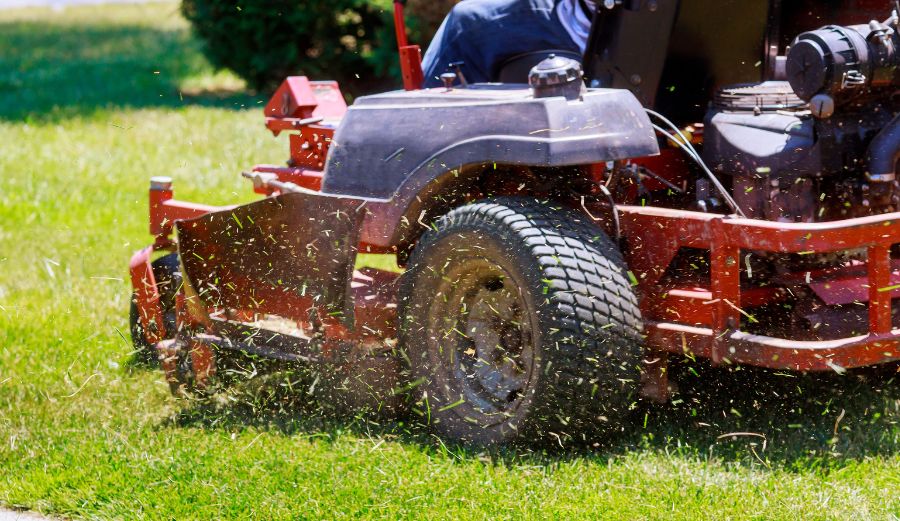
Landscaping on hillsides brings both beauty and complexity to lawn care. Mastering specific techniques becomes paramount to ensure a seamless and practical mowing experience on inclines. This section delves into the essential skills of maintaining controlled speed, adjusting cutting heights, implementing turning strategies, and strategically assessing your hillside terrain.
Go Slow, Mow Low
In hillside mowing, speed plays a pivotal role in both safety and quality of results. Stressing the importance of a controlled speed is crucial for various reasons:
- Enhanced Stability: A deliberate and controlled pace improves stability on uneven terrains. Hills pose inherent challenges, and maintaining a slower speed minimizes the risk of accidents, ensuring better control throughout the mowing process.
- Reduced Tipping Risks: Lowering the speed reduces the chances of the mower tipping on hills. This is particularly important in maintaining operator safety and preventing damage to the mower.
Lower Cutting Heights for Efficiency
Adjusting cutting heights is not merely about aesthetics; it profoundly impacts efficiency and the health of your lawn:
- Improved Cutting Efficiency: Lower cutting heights on hills ensure a cleaner and more precise cut. This is especially important on slopes where overgrown grass can obscure potential hazards and affect aesthetic appeal.
- Promoting Lawn Health: Mowing at lower heights promotes healthier grass growth. It allows sunlight to reach the lower parts of the grass, preventing thatch accumulation and promoting better air circulation.
Techniques for Safe Turning
Turning on hills requires a nuanced approach to maintain safety without compromising efficiency. Here’s a detailed guide:
- Gradual and Controlled Movements: Turning on hills should involve gradual and controlled movements. Abrupt turns can lead to instability and potential accidents. Emphasize the importance of gentle steering and avoiding sharp turns.
- Use of Differential Steering: Many zero-turn mowers have differential steering, allowing each wheel to rotate independently. Teach users how to utilize this feature for smoother turns on hills, enhancing overall control.
Step-by-Step Instructions and Visual Aids
To facilitate easy understanding, let’s provide step-by-step instructions and, if possible, visual aids:
Step 1: Assess the Turn Radius: Before initiating a turn, assess the available space and choose a point where the mower can make a complete turn without compromising stability.
Step 2: Gradual Steering Input: Instruct users to gently turn the steering controls to avoid sudden movements. Emphasize the need for gradual steering input to maintain control on the hillside.
Step 3: Monitor Terrain Changes: During the turn, users should be vigilant about any changes in terrain, including bumps or uneven surfaces. Adjustments in speed or steering may be necessary based on these observations.
Step 4: Complete the Turn: Encourage users to complete the turn smoothly, ensuring the mower is aligned in the desired direction before continuing.
Step 5: Visual Aids: Incorporate diagrams or illustrations to visually demonstrate the recommended turning techniques. Visual aids can significantly enhance user comprehension and retention of the information.
Strategic Planning for Hillside Success
Before engaging in hillside mowing, a thorough understanding of the terrain is essential. Here’s how users can strategically assess their hillside terrain:
- Slope Gradient Evaluation: Guide users in evaluating the slope gradient of their hills. Different slopes require different approaches, and understanding the terrain’s steepness is crucial for planning.
- Identification of Potential Obstacles: Discuss the significance of identifying potential obstacles on the hillside, such as rocks, tree roots, or uneven surfaces. Highlight the importance of clearing these obstacles before mowing.
- Planning Routes and Starting Points: Emphasize the significance of strategic planning for routes and starting points. Users should plan routes that minimize the need for sharp turns on steep slopes. Starting at the bottom of the hill and mowing upward ensures better control and prevents potential accidents.
- Adapting to Terrain Variations: Discuss the importance of adapting mowing techniques based on the specific characteristics of the terrain. Encourage users to modify their approach according to slope variations and any unique features present on their hillsides.
Mastering these techniques ensures a safer and more effective hillside mowing experience with your zero turn mower. Stay tuned for the next segment, where we’ll explore safety measures and provide a comprehensive summary of hillside mowing with zero-turn mowers.
Red Flags - When Not to Use a Zero Turn Mower on Hills
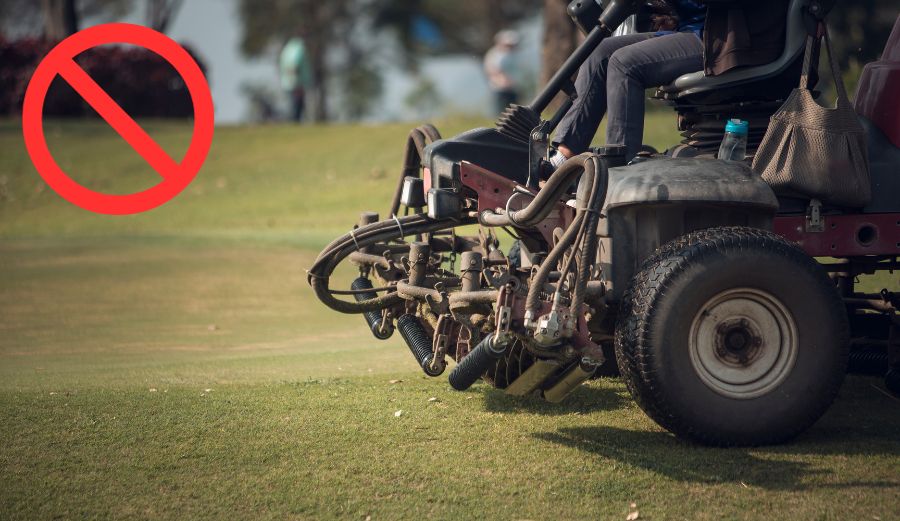
As versatile and efficient as zero turn mowers are, there are instances when their use on hills can pose risks to both the operator and the equipment. In this section, we’ll explore two crucial red flags – extreme slopes and wet conditions – and provide insights into when it’s best to reconsider using a zero turn mower on hills.
Extreme Slopes and Steep Grades: Limitations of Zero Turn Mowers
While zero turn mowers excel in many terrains, they do have their limitations, especially when faced with very steep slopes:
- Risk of Tipping: Zero turn mowers have a higher center of gravity than traditional mowers, making them more prone to tipping, especially on extremely steep slopes. This poses a safety hazard for the operator.
- Loss of Traction: Maintaining traction on steep grades can be challenging for zero turn mowers. The potential loss of traction compromises control and stability, increasing the risk of accidents.
Alternative Solutions and Recommendations
Understanding these limitations prompts the need for alternative solutions when dealing with very steep slopes:
- Consider Walk-Behind Mowers: Walk-behind mowers, especially those designed for slopes, offer a lower center of gravity and better stability. They are better suited for navigating extremely steep terrain, providing a safer mowing experience.
- Explore Specialized Slope Mowers: Some mowers are designed for hills and steep slopes. These machines often feature enhanced stability controls, wider wheelbases, and lower centers of gravity, addressing the challenges posed by extreme inclines.
- Professional Landscaping Services: In particularly challenging terrain, hiring professional landscaping services with specialized equipment may be the safest and most effective solution. Professionals are trained to handle challenging terrains and can ensure a well-maintained lawn without compromising safety.
Wet Conditions and Rainy Days: Risks Associated with Wet Grass on Hills
Mowing in wet conditions, especially on hills, introduces a set of risks that can impact both the lawn and the mower:
- Reduced Traction: Wet grass significantly reduces traction, making it difficult for zero turn mowers to navigate hills safely. This can lead to sliding, loss of control, and potential accidents.
- Potential Lawn Damage: Mowing wet grass on hills can result in soil compaction, leading to poor drainage and possible damage to the grass. The weight of the mower, combined with damp soil, increases the risk of leaving unsightly tire tracks and damaging the lawn.
- Increased Wear on Mower Components: Mowing in wet conditions stresses the mower’s components. The increased resistance from wet grass can lead to higher fuel consumption, accelerated wear on belts and blades, and potential damage to the engine.
Discussion on Potential Damage
Understanding the risks associated with wet conditions on hills prompts a careful consideration of potential damages:
- Soil Compaction: Wet soil is more susceptible to compaction under the mower’s weight, restricting the movement of air, water, and nutrients. This can negatively impact the overall health of the lawn.
- Tire Tracks and Rutting: The combination of wet conditions and hillside mowing increases the likelihood of leaving unsightly tire tracks and creating ruts in the yard. This can take time to recover and affect the landscape’s overall appearance.
- Impact on Mower Components: Continuous operation in wet conditions accelerates wear on critical mower components. Blades may become less effective, belts can wear out faster, and the overall performance of the mower may be compromised.
Knowing when to refrain from using a zero turn mower on hills during wet conditions is essential for maintaining your lawn’s health and the longevity of your equipment. In the next segment, we’ll provide a comprehensive summary of the critical considerations for hillside mowing with zero turn mowers, ensuring a well-rounded understanding of the topic.
Alternative Solutions for Challenging Hills
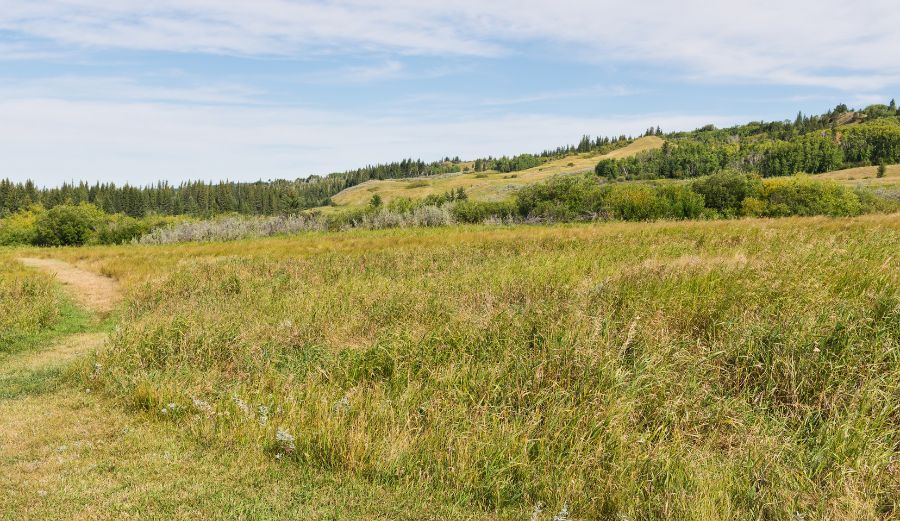
While zero turn mowers offer exceptional performance on various terrains, there are instances when the challenges of hills may require alternative solutions. This section explores alternative mowing options for hills that may prove too challenging for zero turn mowers.
Suitability of Walk-Behind Mowers
- Lower Center of Gravity: Walk-behind mowers are known for their lower center of gravity, providing enhanced stability on hills. This feature reduces the risk of tipping and ensures a safer mowing experience on steep slopes.
- Maneuverability: Walk-behind mowers, especially those designed for slopes, offer excellent maneuverability. Their compact design allows operators to easily navigate through tight spaces and intricate hillside landscapes.
Consideration of Tractors
- Stability and Power: Tractors, equipped with proper attachments, can tackle challenging hills with stability and power. The weight distribution and larger wheelbase improve slope stability, making them a viable option for hilly terrains.
- Versatility: Tractors are versatile machines that can be adapted for various tasks, including hillside mowing. Implementing the right attachments, such as tow-behind mowers or rotary cutters, enhances their effectiveness on challenging slopes.
Professional Landscaping Services
- Expertise and Specialized Equipment: Hiring professional landscaping services brings the advantage of knowledge and specialized equipment. Professionals are trained to navigate challenging terrains, ensuring a well-maintained lawn without compromising safety.
- Efficient and Timely Results: Professional services can provide efficient and timely results, especially on more significant properties with extensive hills. Their experience in handling diverse landscapes ensures a comprehensive approach to hillside maintenance.
Lorem ipsum dolor sit amet, consectetur adipiscing elit. Ut elit tellus, luctus nec ullamcorper mattis, pulvinar dapibus leo.
Real-World Experiences and Case Studies
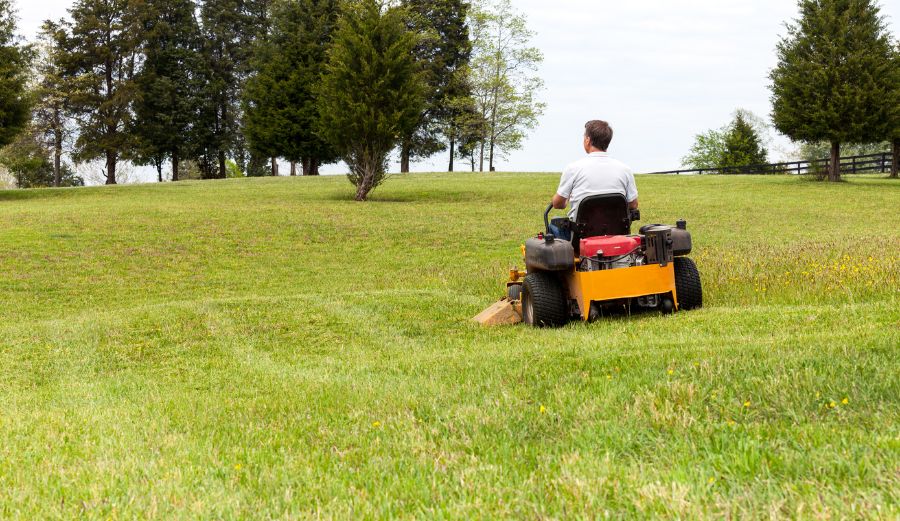
Case Study 1: Transformative Hillscape Makeover
Testimonial:
“I had reservations about employing a zero turn mower on our hilly property, but the outcomes surpassed what I had anticipated. The maneuverability allowed for precise turns, and the before-and-after difference is astonishing!” – Beth, CA
Before-and-After:
- Before: Overgrown and uneven grass, with areas difficult to reach.
- After: A well-groomed hillside, showcasing the efficiency of the zero turn mower in navigating tight spaces.
Lessons Learned:
- Optimal Speed: Learning to control the speed was crucial for stability and avoiding mishaps.
- Strategic Turning: Mastering turning techniques ensured even coverage without compromising safety.
- Regular Maintenance: Keeping the mower in top condition contributed to consistent performance on hills.
Case Study 2: Tackling Steep Slopes with Precision
Testimonial:
“Our property has steep slopes, and finding the right mower was challenging. The zero-turn mower handled the slopes effortlessly and saved us valuable time.” – John, LA
Before-and-After:
- Before: Unruly terrain with challenges posed by steep gradients.
- After: A neatly mowed hillside showcasing the zero turn mower’s capability to conquer challenging slopes.
Lessons Learned:
- Terrain Assessment: Understanding the terrain variations helped in planning effective mowing routes.
- Low Cutting Heights: Adjusting cutting heights proved crucial for a clean slope cut.
- Safety First: Prioritizing safety precautions ensured a smooth and accident-free mowing experience.
These case studies highlight diverse real-world experiences with zero turn mowers on hills, showcasing their adaptability and effectiveness across varied terrains and challenges.
Final Thoughts
In summary, the comprehensive guide underscores the effectiveness of zero turn mowers on hills, contingent upon users’ knowledge and precautions. Alternatives like walk-behind mowers or tractors might be explored for particularly challenging terrains. As a collaborative community shares experiences in the comments, the continuous exchange of insights enriches everyone’s understanding.
Whether opting for a zero turn mower or alternative solutions, adapting the approach to the unique demands of hillside terrain ensures optimal results. “Are Zero Turn Mowers Good on Hills?” is not just a query; it’s a journey of landscape discovery and lawn care excellence.

